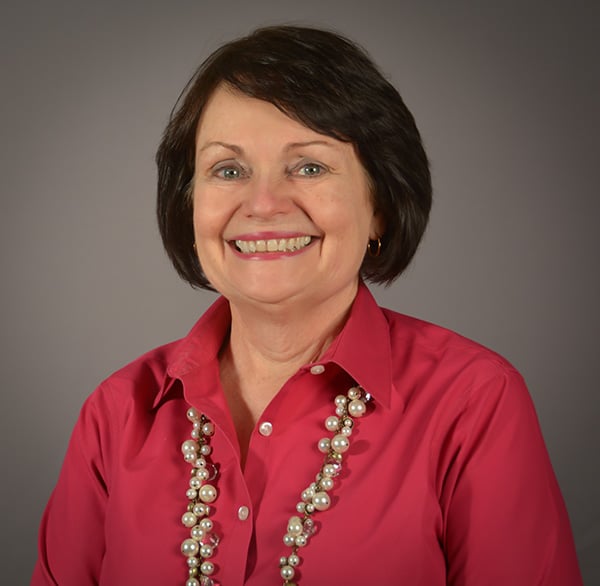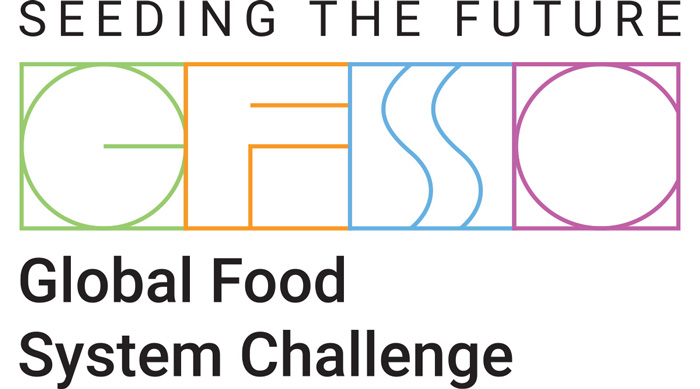
Planting the Seeds for a Better Future
A question-and-answer interview in which Bernhard van Lengerich discusses the Seeding the Future Global Food System Challenge.
Article Content
Imagine a scenario where two chickens have the potential to change a family’s life.
Dr.-Ing. Bernhard van Lengerich, founder of the Seeding The Future Foundation, a nonprofit organization with a vision of a global food system that provides equitable access to safe, nutritious food for all, got a close-up look at such a scenario on a visit to East Africa in 2014. Van Lengerich, who began his career as an artisan baker and was chief science officer and vice president of strategic technology development for General Mills at the time, was part of a group from Partners in Food Solutions, a nonprofit that General Mills established to advance food security by connecting corporate volunteers with entrepreneurs in African countries.
On that trip, the team members visited a family farm that included a small plot of land, a beehive, and a couple of chickens. “At the end of our two-hour visit, we asked the farmer if he had one wish, what that wish would be,” van Lengerich recalls. “He responded that he currently had two chickens, but if he had two more, that would provide more protein for his family and make life better.
“The experiences from this journey were a call to action for me,” says van Lengerich. “Although I realized that there was only so much that a small foundation would be able to do, I knew … from my professional experience that most if not all game-changing ideas start at a very small scale, originate from engaged, passionate, and diverse teams, and have a significant impact once scaled.” That realization prompted van Lengerich to create his family foundation.
Since then, Seeding The Future has provided funding and support for initiatives at several academic institutions. At the Resnick Institute at UCLA, the foundation is supporting a multiyear global food policy benchmarking project that aims to identify policy gaps and opportunities to enable better consumer dietary choices that are also beneficial for the environment. At the Gerald J. and Dorothy R. Friedman School of Nutrition Science and Policy at Tufts University, Seeding The Future initiated and funds a cross-disciplinary competition to inspire innovations that target a more nutritious and sustainable food system. And at the Innovation Institute for Food and Health at the University of California, Davis, it provided the initial Transforming Food System Fund, which is focused on delivering “sustainable and inclusive health outcomes.”
In addition, the foundation supports Partners in Food Solutions in an apprenticeship program in Kenya and collaborates with Bountifield International on a pilot project that helps reduce postharvest losses on smallholder farms in Kenya and creates small business ecosystems.
Seeding The Future’s newest initiative is the Global Food System Challenge, presented and managed by IFT. In this interview, van Lengerich shares his hopes for the competition, which debuts this month, as well as his vision for a food-secure world.
Q: What inspired you to create the Seeding The Future Global Food System Challenge?
Van Lengerich: I experienced firsthand the power of impactful innovation—from inside a large global corporation to rural micro entrepreneurs and smallholder farmers in Africa. Big challenges can unlock significant potential. What inspired me was the important and urgent need for action to somehow help improve our food systems.
We want to create a robust innovation pipeline of high impact innovations by a) incentivizing the creation of great ideas at small or medium scale; and b) rewarding transforming innovations that can impact the health of consumers and the environment and that are technically and economically feasible.
Q: There are a number of food system–related competitions. How is the Seeding The Future Global Food System Challenge different? Why is it so important?
Van Lengerich: It is my belief that there can’t be too many competitions. Our Challenge just places more emphasis on the role of the consumer as a critical enabler of a flourishing food system. Let me say why that is: When we speak about the food value chain, we usually mean the material flow which goes from farm to fork. Money flow, however, is in the opposite direction; it is from fork to farm and originates at the consumer level at the point of making a purchasing choice. That makes the consumer the enabler of a functioning and flourishing food system. So, any innovations, with focus on any point in the food value chain, should—in my mind—consider the perspective of the consumer.
Q: What do you hope this Challenge can achieve?
Van Lengerich: Our hope is that the Challenge:
a) Inspires creative, diverse, and innovative scientists, engineers, and all interested innovators across disciplines, cultures, and geographies to form teams and bring forward their creative ideas
b) Creates a robust and powerful innovation pipeline leading to transformative changes
c) Has—over time—a major impact on the health of people and planet
Q: What is your hope for our food system five or 10 years from now?
Van Lengerich: In five years, I am very optimistic that we will have a robust pipeline of scalable innovations across the food system from all competitions; that policy environments provide opportunities for food value chain stakeholders and consumers to enable food choices that benefit both people’s health and the environment; and third, but not least, that we have demonstrated and implemented more impactful tools and business models with major impact on eliminating chronic hunger.
In 10 years, I hope that Sustainable Development Goal 2: Zero Hunger has been achieved and food waste and losses have been reduced by over 50% per the Sustainable Development Goal 12.3.
I hope we have arrived on a broad scale at balanced diets that eliminate the environmental burden caused by an imbalance of animal-based and plant-based food consumption.
Q: What about 50 years from now?
Van Lengerich: Looking back 10 or 50 years, it is amazing how many advances, discoveries, and positive changes we have seen in science and technology benefitting society. As far as the food system is concerned, I am convinced that positive and transforming change will happen, but we all have to work on it.
My personal hope is that our children and grandchildren will indeed live in a world that sustainably provides equitable access to safe, sufficient, affordable, and attractive food for all.









